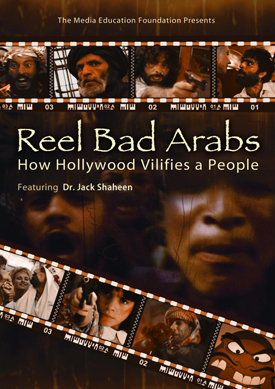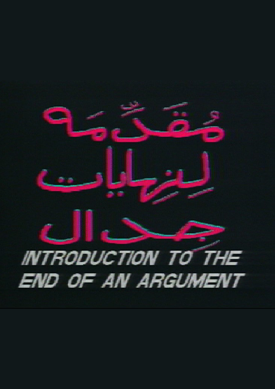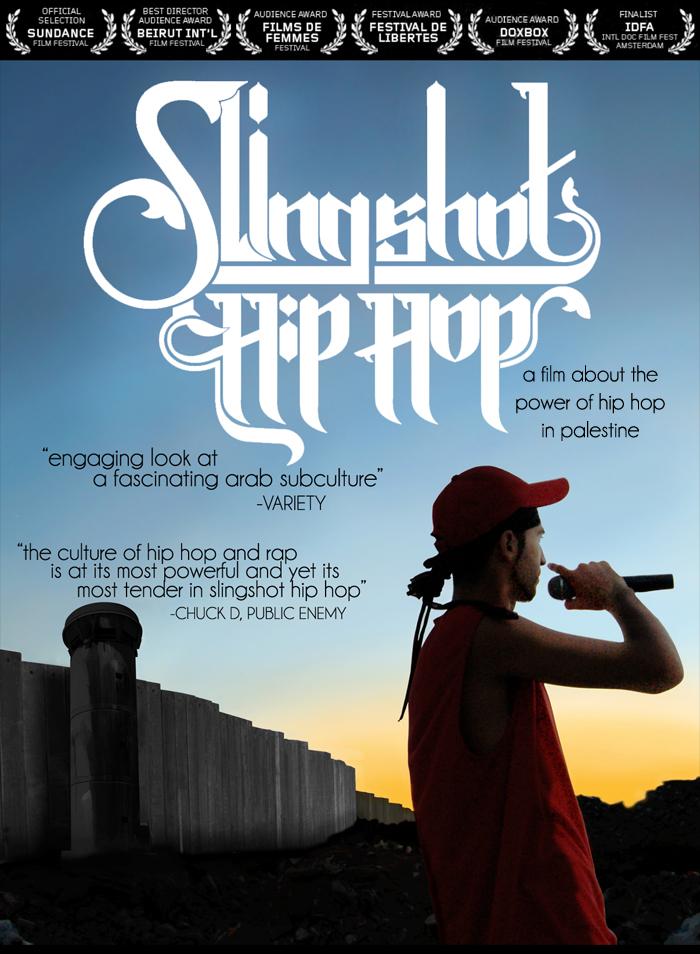-
Film program & Exhibition 25.11.2023 - 31.12.2023
PLANET OF THE ARABS
-
Film program & Exhibition 25.11.2023 - 31.12.2023
PLANET OF THE ARABS
-
Film program & Exhibition 25.11.2023 - 31.12.2023
PLANET OF THE ARABS
-
Film program & Exhibition 25.11.2023 - 31.12.2023
PLANET OF THE ARABS
-
Film program & Exhibition 25.11.2023 - 31.12.2023
PLANET OF THE ARABS
-
Film program & Exhibition 25.11.2023 - 31.12.2023
PLANET OF THE ARABS
-
Film program & Exhibition 25.11.2023 - 31.12.2023
PLANET OF THE ARABS
-
Film program & Exhibition 25.11.2023 - 31.12.2023
PLANET OF THE ARABS
PLANET OF THE ARABS
The dehumanisation of animals
كوكب العرب
تجريد الحيوانات من إنسانيتها
25.11.2023 - 31.12.2023
The Western portrayal of Arabs is not a recent construct but has been ingrained in Western conceptualization since the initial encounters with Arabs and Muslims.
From the Middle Ages, notably during the Crusade Wars, through the expansion of Arabs in Europe, and continuing into the present Third Millennium, the West has perpetuated consistent stereotypes about Arabs and Muslims.
Whether the interactions occurred centuries ago or are more recent, the West maintains a persistent view of Arabs and Muslims as an alien “Other” or, more specifically, as an “Enemy,” albeit with some changes in communication methods and terminologies.
Cinema and media have significantly contributed to near-mythological stereotypes about Arabs, suggesting that the Middle East is a realm of cultural otherness inhabited by people who cannot be understood in Western terms and are therefore dehumanized.
Since the early 1900s, when Edison in the United States and Pathé and Gaumont in France began making films, the narrative convention has portrayed Arabs in a mystical land with harsh deserts, tropical oases, genies, magic carpets, thieving bandits, decadent sultans, conniving sheiks, and sensual harem girls.
While elements of such scripting persist in popular children’s films today, it has been overshadowed by the newer popular myth: that Arabs or Muslims, in general, are depicted as terrorists who not only plot the destruction of the West from the Middle East but may even plot such destruction from the suburban townhouse next door.

إن التمثيل الغربي للعرب ليس اختلاقاً حديثاً، بل كان عملياً ومتأصلاً في التصور الغربي منذ الاتصالات الأولى مع العرب والمسلمين. وصولا إلى العصور الوسطى، وخاصة خلال الحروب الصليبية وعلى طول التوسع العربي في أوروبا حتى أيام الألفية الثالثة، يروج الغرب تقريبا لنفس الصور النمطية للعرب والمسلمين. وسواء كان الاتصال قد حدث في القرون الماضية أو حدث مؤخرًا، فإن الغرب يحتفظ بتصور مستمر للعرب والمسلمين باعتبارهم “الآخر” الفضائي، أو بالأحرى “العدو”، على الرغم من أن وسائل الاتصال ومصطلحات التوصيف قد شهدت بعض التغييرات. .
لقد لعبت السينما ووسائل الإعلام دوراً في تعزيز الصور النمطية شبه الأسطورية عن العرب، والتي توحي ضمناً بأن الشرق الأوسط عبارة عن أرض الاختلاف الثقافي، وهي مليئة بأشخاص لا يمكن فهمهم بالمصطلحات الغربية، وبالتالي لا ينبغي لنا أن ننظر إليهم على أنهم بشر. منذ أوائل القرن العشرين، عندما كان إديسون في الولايات المتحدة وباثي وجاومونت في فرنسا يصنعان الأفلام، استخدم الفيلم كتقليد سردي مفاده أن العرب يحتلون أرضًا غامضة من الصحاري القاسية، والواحات الاستوائية، والجن، والسجاد السحري، وقطاع الطرق اللصوص، والسلاطين المنحلين. والشيوخ المتآمرين وفتيات الحريم الحسيات. اليوم، لا تزال مثل هذه النصوص موجودة أيضًا في أفلام الأطفال الشهيرة، ولكن تم اغتصابها إلى حد كبير من خلال الأسطورة الشعبية الجديدة: أسطورة العرب، أو المسلمين بشكل عام، كإرهابيين ربما لا يخططون فقط لتدمير الغرب من الشرق الأوسط ولكن ربما يخططون للتدمير الغربي من المنزل المجاور في الضواحي ، وهو ما يعني من العرب والمسلمين الذين يعيشون في الغرب أيضًا….















